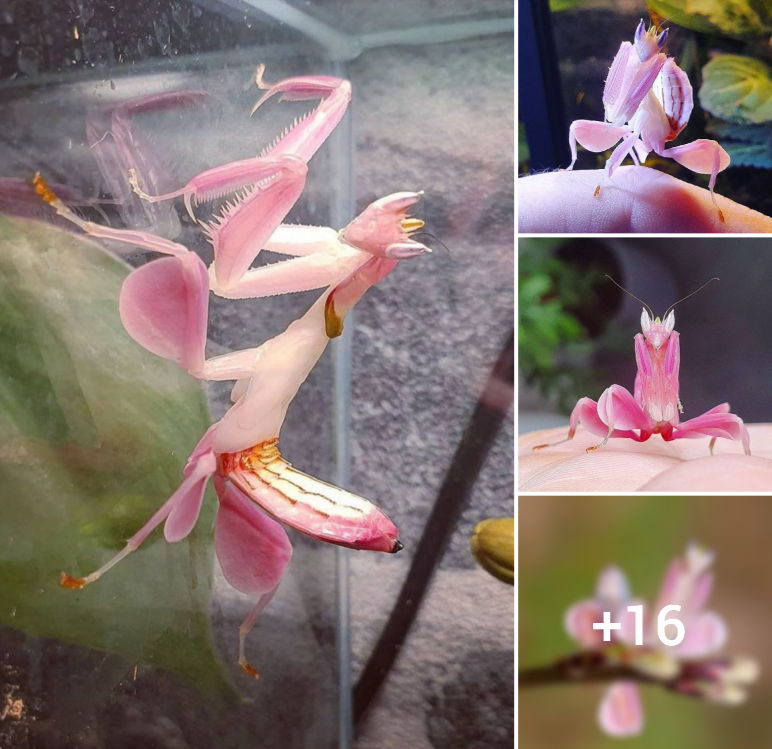Have you ever pondered upon which shark species stands out the most in terms of appearance? Look no further than the tasseled wobbegong shark, also known as carpet sharks. These fascinating creatures have a unique, flattened look thanks to their distinct lobes that branch out from their heads. Despite being discovered in 1867, these sharks remain shrouded in mystery as there is still much we don’t know about them.

Watch your step around the tasselled wobbegong, a carpet shark with a unique appearance. Found in shallow coral reefs off northern Australia, New Guinea, and nearby islands, this species can reach up to 5.9 feet in length and has a flattened body and head. It’s most notable feature is the fringe of branching dermal flaps around its head and chin, which allows it to blend into its environment. During the day, these sharks can be found hiding in caves or under ledges, but at night they actively search for food. Unfortunately, humans have been mistaken as prey and attacked by these creatures, so it’s best to give them their space.

The tasselled wobbegong is a unique species of shark that boasts excellent camouflage due to its ornate coloration and complex outlook. Although it may be slower than other related species, it compensates for its hunting skills with its enormous mouth that can swallow even sizeable prey. The carpet shark is most active at night and preys on schooling nocturnal fish, crustaceans, and even larger fish that are attracted to tiny fish and crustaceans settling atop its head. In captivity, the tasselled wobbegong has been observed engaging in an active luring behavior by waving its tail back and forth resembling a small fish. Despite being an ecotourism attraction, this shark has attacked humans unprovoked in the past, so caution should always be exercised when approaching it.

Be careful not to step on the tasselled wobbegong as it is the perfect camouflage. These sharks can only be found in very few spots, and even those are diminishing due to fishery activities, pollution, blast fishing, and coral removal. It’s important to stay alert when encountering this species.

We should definitely avoid treading on it endlessly.


